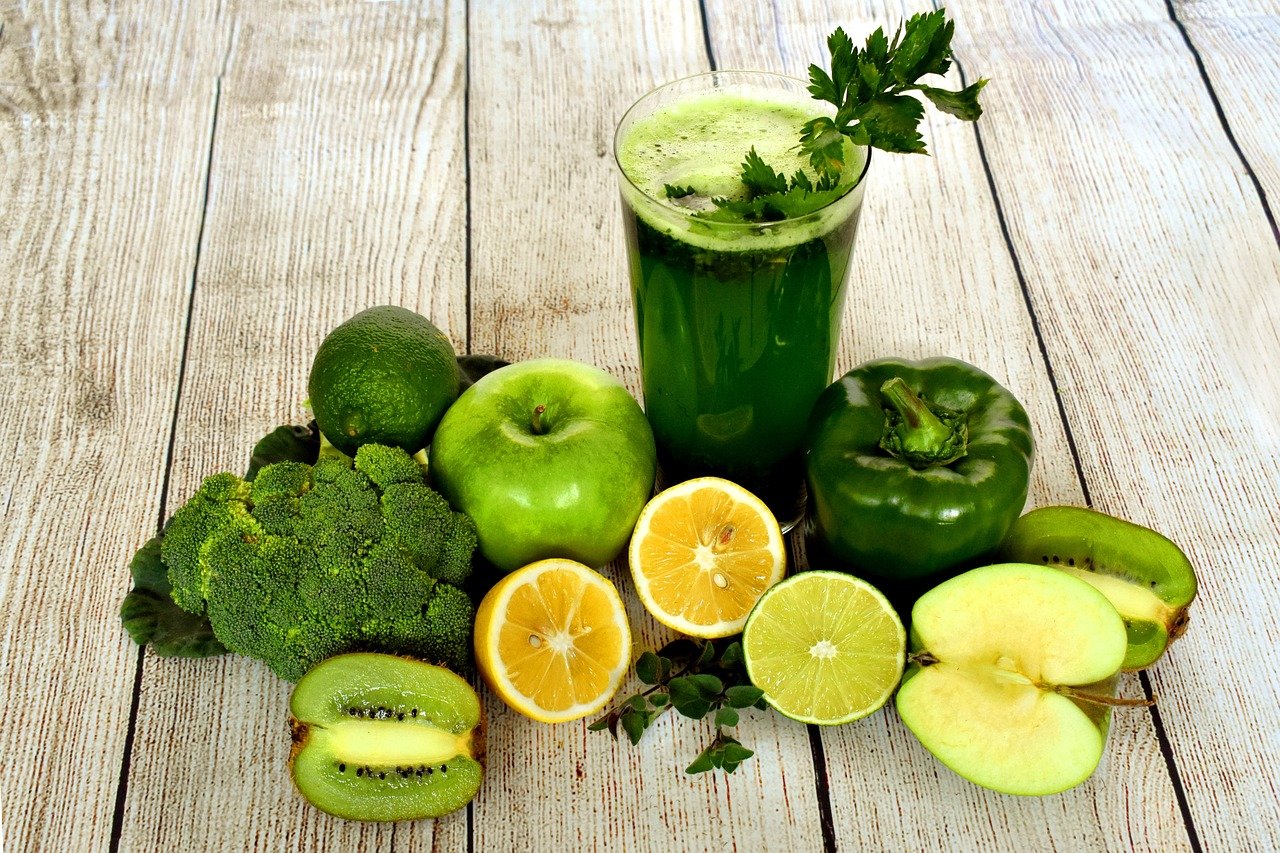Have you ever wondered if your love for smoothies could be affecting your health in ways you hadn’t considered? Your favorite smoothie recipes might be unknowingly packed with oxalates, compounds found in plant foods that can contribute to kidney stone formation and other health issues. But don’t worry! You don’t need to give up smoothies altogether. Instead, you can indulge in delicious, creamy blends without the high oxalate content by making informed choices and adjusting your recipes. Let’s talk about how you can create low-oxalate smoothie options that you’ll not only enjoy but your body will thank you for.

Understanding Oxalates and Their Impact
What Are Oxalates?
Oxalates are naturally occurring compounds found in many types of foods, including fruits, vegetables, nuts, and seeds. They are types of organic acids that are typically harmless in small amounts but can accumulate in the body. When oxalates bind with calcium, they form calcium oxalate, which is a major component of kidney stones. Thus, those prone to kidney stones often need to maintain a low-oxalate diet to avoid aggravating the condition.
Why Focus on Low-Oxalate Smoothies?
You might wonder why specifically targeting smoothies for low-oxalate ingredients is important. Smoothies are popular for their convenience, taste, and nutrient-packed profiles. Since many smoothie recipes include high-oxalate ingredients like spinach, berries, almonds, and cacao, revising these recipes is essential for those aiming to control their oxalate consumption without sacrificing their enjoyment or nutritional intake.

Low-Oxalate Smoothie Ingredients
Choosing the Right Base
The heart of any smoothie is its liquid base. The common choices are often milk or juice—however, these can also contribute to high oxalate levels, depending on their origin. Consider these low-oxalate alternatives:
- Coconut Milk: Adds a creamy texture without the high oxalate content of almond milk.
- Rice Milk: Low in oxalates and a good vegan and lactose-free option.
- Cow’s Milk: For those who tolerate dairy, it’s low in oxalates and can be a good calcium source.
Fruits and Vegetables to Embrace
Smoothies are often all about fruits and veggies. Here’s your go-to list for low-oxalate produce:
- Apples: Not only versatile and tasty but also a low-oxalate star.
- Pears: Adding natural sweetness and low in oxalates.
- Cantaloupe: Brings a refreshing sweetness to your blend.
- Watermelon: A hydrating and low-oxalate option.
- Zucchini: A surprising but wonderfully neutral addition that bulks up your smoothie.
- Carrots: Add nutrients and sweetness without high oxalate levels.
Protein Additions
For those who use smoothies as meal replacements or after workouts, incorporating protein is essential. Here are low-oxalate options:
- Egg White Protein Powder: This provides a boost without adding oxalates.
- Hemp Protein Powder: Offers essential fatty acids and protein with low oxalate levels.
- Plain Greek Yogurt: Creamy and high in protein, with less risk of oxalates compared to non-dairy alternatives.
Sweeteners
If your taste buds crave a bit more sweetness, consider these low-oxalate sweeteners:
- Maple Syrup: A natural, low-oxalate sweetener.
- Monk Fruit Sweetener: Zero calories and oxalate-free.
- Honey: A classic choice that maintains low oxalate levels.

Crafting Low-Oxalate Smoothies: Recipes You’ll Adore
Tropical Escape Smoothie
Transport yourself to a sunny beach with this nourishing treat.
Ingredients:
- 1 cup coconut milk
- 1/2 cup fresh pineapple chunks
- 1/2 banana
- 1/2 cup cantaloupe
- 1 tablespoon honey
- Ice cubes
Instructions:
- Blend all ingredients until smooth.
- Adjust sweetness with more honey if needed.
Green Goodness Smoothie
This green smoothie avoids high-oxalate greens, offering a wholesome and satisfying drink.
Ingredients:
- 1 cup rice milk
- 1/2 cucumber
- 1/2 zucchini
- 1 small green apple
- A handful of fresh mint leaves
- 1 tablespoon lemon juice
Instructions:
- Add ingredients to a blender.
- Blend until creamy.
- Serve chilled.
Berry Delight Smoothie
While most berries are high in oxalates, this recipe uses alternatives for a refreshing option.
Ingredients:
- 1 cup cow’s milk or a milk alternative
- 1/2 cup peeled and diced pears
- 1/2 cup watermelon chunks
- 1 tablespoon maple syrup
Instructions:
- Blend all ingredients until homogeneously mixed.
- Serve immediately.

Tips for Reducing Oxalates in Your Diet
Cooking and Preparation
Steaming or cooking certain vegetables before adding them to your smoothie can reduce their oxalate content. While raw foods are often preferred in smoothies for nutritional reasons, sometimes a light steam can help balance health considerations with taste.
Combination with Calcium
By pairing oxalate-rich foods with calcium-rich ones, you can help the oxalates bind in the gut instead of in the kidneys. This is why many recommendations for preventing kidney stones include getting enough calcium in your diet.
Monitor Portion Sizes
Even with low-oxalate ingredients, keeping portion sizes in check is beneficial. Overloading your smoothie with too much fiber or natural sugars can still impact your digestion and energy levels negatively.
Seek Professional Guidance
If you have a history of kidney stones, consulting with a healthcare provider or a nutritionist can provide tailored advice. They can help you understand the precise oxalate limits you should aim for based on your individual needs.

Conclusion
Crafting low-oxalate smoothies doesn’t mean compromising on taste or nutrition. With the right ingredients and some creativity, you can conjure delicious, health-conscious smoothies that delight your palate. By understanding the role oxalates play in your diet and health, you make choices that align seamlessly with your lifestyle and well-being. Embrace the process of experimenting and finding blends that let you sip joyfully, knowing you’re nurturing your body with each flavorful sip.

